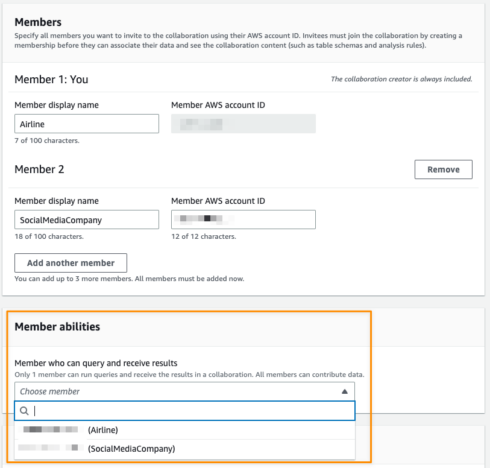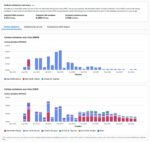
Amazon is attempting to make it easier to analyze data while preserving privacy. It has announced the release of AWS Clean Rooms, which allows multiple parties to pull in their collective data and analyze it.
According to Amazon, there are many reasons why different parties would need to do this. For example, in marketing, brands, publishers, and partners need to analyze data stored in many different channels in order to improve their campaigns. However, they also want to protect their customer’s sensitive data and prevent raw data from being shared.
Clean rooms are the answer to this problem, but they can be difficult to set up, requiring complicated privacy controls, specialized tools to protect collaborator data, and customization of analytics tools, which can take months. This complexity just increases with each new collaborator that is added.
With AWS Clean Rooms, they will be a bit easier to set up and more approachable for more companies to utilize. According to Amazon, it only takes a few minutes to set up an AWS Clean Room.
AWS Clean Rooms can be used for advertising campaigns, investment decisions, clinical research, and more.
It includes built-in controls that can be customized to restrict the queries that are run on each participant in the clean room.
One of the query controls is analysis rules, of which there are two types: aggregation analysis rules and list analysis rules. Aggregation analysis rules allow aggregation of data without revealing user-level information. List analysis rules enable queries that will output user-level attribute analysis of overlap between a customer’s table and the tables of the member who can run a query.
“Analysis rules allow collaboration members to restrict the types of queries that can be performed against their datasets and the usable output of the query results,” Donnie Prakoso, senior developer advocate at AWS, wrote in a blog post.
Another control in AWS Clean Rooms is query logging, which enables collaborators to receive logs of queries that their data is part of.
The data can also be encrypted using advanced cryptographic techniques to help further preserve privacy.






